Here’s a question every current or prospective V6 customer should be asking themselves:
Why choose specialist window and door software instead of a standard enterprise resource planning (ERP) product?
The simple answer is that ERP software wasn’t designed for the manufacturing side of a window and door maker. There’s just too much variability in your products for ERP to realistically handle.
Does that mean ERP systems have no place in your organization? By no means; ERP solutions are very good at running ‘standard’ business processes like your GL, AP, AR, warehousing and logistics, and so on (even though these will have plenty of variability between different companies; ERP systems are highly configurable to handle this type of variability).
In fact, at Soft Tech, we acknowledge that ERP and accounting solution vendors are best for general business processes. That’s why we don’t and never will make a GL or any of the classic ERP modules. Instead, we integrate seamlessly with all the popular ones.
ERP vendors are very good at ERP. And we are very good at windows and doors.
It is the geometric variability involved which makes it difficult to adapt ERP solutions; if you had one horizontal bar in any given design, then wanted to add another, an ERP system would demand a lot of effort to get it to work. With V6, it’s a few clicks. Or just drag the mouse around to resize a set of doors and windows; in V6, everything changes automatically in the background, right down to the drawings, cutting list and the fastenings. Check out the video to see what I mean.
Smart drawing output
One of the increasingly significant differentiators which sets V6 apart from every ERP system is drawing output. You create a window with say 6 panes of glass with various sizes and thicknesses. With V6, you can cut the design vertically into cross-sections at any point; where there are different materials specified, such as tough glass at the bottom and standard at the top, it will dynamically update and output the drawing on that configuration. ERP, on the other hand, relies on pre-configuration. Anything that deviates from the norm will be wrong.
Customized designs
This also means any time there is customization, V6 is going to do a far and away better job of it (this generally applies to the busier shops, where just about everything is customized). You can swap window types and sizes in and out at will, scale them bigger or smaller, and do a cross-section at any point, whatever you’d like to do. V6 handles it all, seamlessly and with no sweat. ERP just cannot do that; it wasn’t designed to handle engineering drawings.
Dynamic Bill of Materials (BoM)
Another area where V6 excels is in bill of materials. Now, ERP systems do handle BoM very well where standard items are concerned. But, again, the enormous variability of windows and doors, where items such as fastenings change dynamically depending on the size and thicknesses of glass used, means it hits its limits fast. Just like V6 dynamically handles configuration and drawings, it also creates a precise BoM regardless of the configuration input. Change anything, and V6 changes the BoM appropriately. No hassle.
Native machining data to factory floor
Finally, the last major differentiator between ERP and V6 is machining data which outputs to the factory floor. This comes natively out of V6 and again, changes on the fly if changes are made to the design. V6 also optimizes to improve cutting efficiency, something that ERP probably could do, but which would require a lot of custom programming, at an additional cost, to enable.
It’s important to note that I’m not bagging ERP systems. They are great at what they are designed to do (plenty of bigger shops have an ERP system in place; we partner with Contract ERP, for example, a Microsoft Navision-based solution which is designed for window and door manufacturers).
But when it comes to running the beating heart of your business, you want something designed to run it best. That something is V6.

